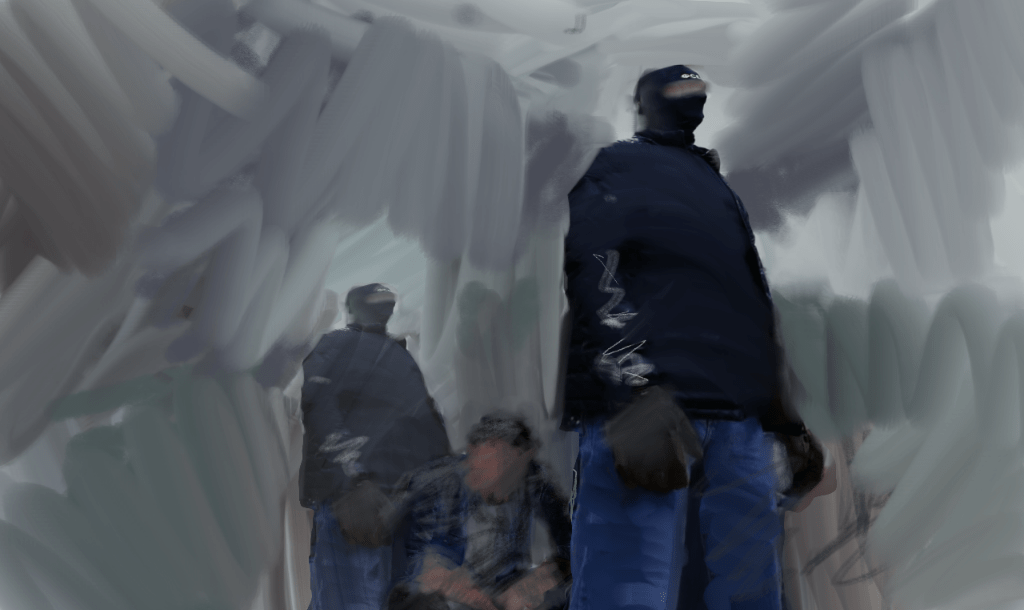The deadly attack on the Moscow concert hall has focused attention on the large number of Central Asian migrants living – often in grim conditions – in Russia, as well as the possible vulnerability of some of them to recruitment by extremist groups.
A Russian court on Sunday charged four migrant laborers from Taijikistan with terrorism in the attack at the Crocus City complex that killed about 140 people on Friday night, according to various media reports. The men appeared to have been badly beaten prior to their court appearances.
The Islamic State group claimed responsibility for the attack. While Tajikistan has expressed concern that “fake information” about who was behind Moscow could scapegoat its citizens, terrorism experts have noted in recent years that extremists see some Central Asian communities as fertile ground for recruitment.
A U.N. Security Council report last year highlighted the activities of the Islamic State branch in the historical Khorasan region, which includes Afghanistan and parts of Iran and southern Central Asia. The branch is known as ISIL-K.
“Regional Member States estimated current ISIL-K strength at between 1,000 and 3,000 fighters, of whom approximately 200 were of Central Asian origin, but other Member States believed that number could be as much as 6,000,” the U.N. report said.
It said the group’s propaganda magazine publishes in Pashto, Iranian, Tajik, Uzbek and Russian, and that outreach in the Tajik and Uzbek languages was “noteworthy” after an Uzbek national named Rashidov joined its media wing. Rashidov was recruited online while working as a migrant in Finland and he then moved to Afghanistan, the report said.
The Islamic State branch is “bolstering its campaign to appeal to Central Asians in their home countries and in diasporas abroad,” Lucas Webber and Riccardo Valle wrote in a Hudson Institute analysis last year. It seeks to take advantage of “the deep-seated grievances that are present across Central Asia, Afghanistan, and Pakistan,” they wrote.
Russia’s military intervention in Syria’s civil war as well as past campaigns in Chechnya and Afghanistan have made it a potential target for Muslim extremists, according to terrorism analysts.
By some estimates, 10% of Tajikistan’s workforce of more than five million people have migrated to Russia. The vast majority are men. Most leave Tajikistan legally, though some end up in violation of the law because of administrative problems or more serious offenses.
Workers’ remittances accounted for about one-third of Tajikistan’s annual GDP in 2019, according to the bank report. Tajik officials have been trying to generate job growth to reduce the economy’s dependency on money sent by its citizens abroad.
In Russia, many migrants live in hostels and overcrowded apartments, enduring poor hygiene and health.
“The majority of migrants, low skilled and economically desperate, are willing to accept any working conditions. Most migrants also have nearly zero legal literacy,” the Asian Development Bank said in a 2020 report on labor migration in Tajikistan.
“These conditions can lead to labor exploitation by employers and police abuse and extortion by criminal gangs,” the report said. “In addition, xenophobic attitudes in the Russian Federation, cited in interviews of returned migrants, are a major difficulty of working there.”
Many details about the Moscow attack remain unclear. But there are heightened concerns about whether such migrants are being exploited – not just by employers or police, but by extremists as well.



